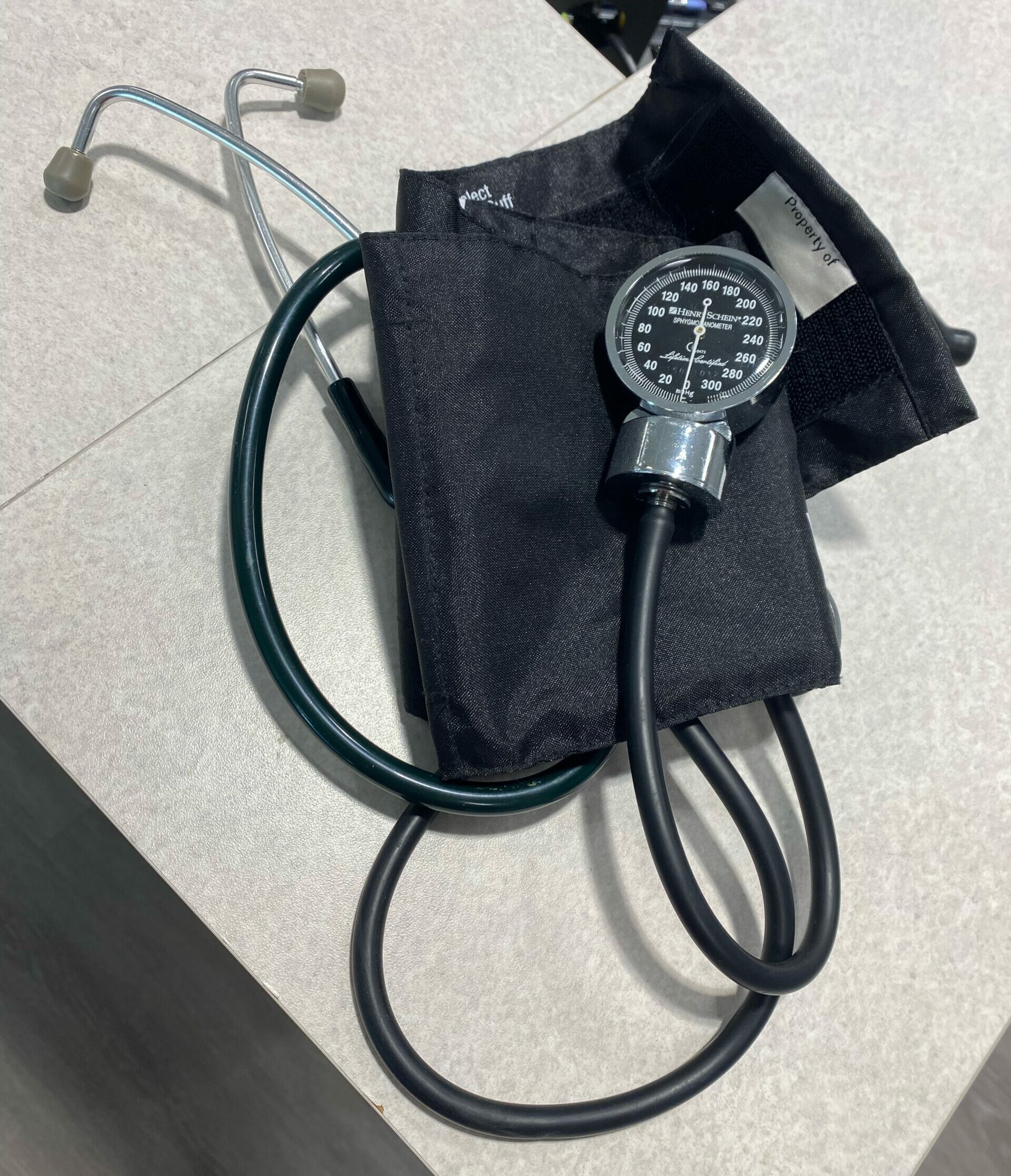Preeclampsia is a hypertensive disorder that affects pregnant women after the 20th week of gestation. It is characterized by high blood pressure (hypertension) and the presence of protein in the urine (proteinuria). Preeclampsia can develop rapidly and is a leading cause of maternal and fetal complications worldwide.
Risk Factors:
The exact cause of preeclampsia is still unknown, but several factors may contribute to its development. Some of the commonly recognized risk factors include:
- First-time pregnancy: Women who are pregnant for the first time have a higher risk of developing preeclampsia.
- Previous history: Women who have had preeclampsia in a previous pregnancy are more likely to develop it again.
- Chronic hypertension: Pre-existing high blood pressure increases the risk of preeclampsia.
- Age and lifestyle: Women under 20 or over 40 years old, as well as those with a sedentary lifestyle, obesity, or a history of certain medical conditions (such as diabetes or kidney disease), are at higher risk.
- Family history: Having a family history of preeclampsia or certain genetic factors may increase the likelihood of developing the condition.
Symptoms:
Preeclampsia can manifest itself through various symptoms, although some women may remain asymptomatic. Common signs and symptoms include:
- Severe headaches
- Vision changes (blurred vision, light sensitivity)
- Upper abdominal pain, usually on the right side
- Nausea or vomiting
- Sudden weight gain
- Swelling, especially in the hands, feet, and face
- Decreased urine output
Treatment:
Preeclampsia is a potentially serious condition that requires careful monitoring and management during pregnancy. By understanding the causes, recognizing the symptoms, and seeking appropriate medical care, women and healthcare providers can work together to mitigate the risks associated with preeclampsia. Often times with a diagnosis of preeclampsia an early delivery is scheduled based on risks and benefits to both mom and baby. Treatment may also include medications to manage blood pressure and decrease risk of seizures. After delivery, close follow-up is necessary to monitor for worsening signs or symptoms.
Have questions about preeclampsia? Ask your provider at your next appointment. You can call us today to schedule a consult with one of our midwives: 571-707-8522.




